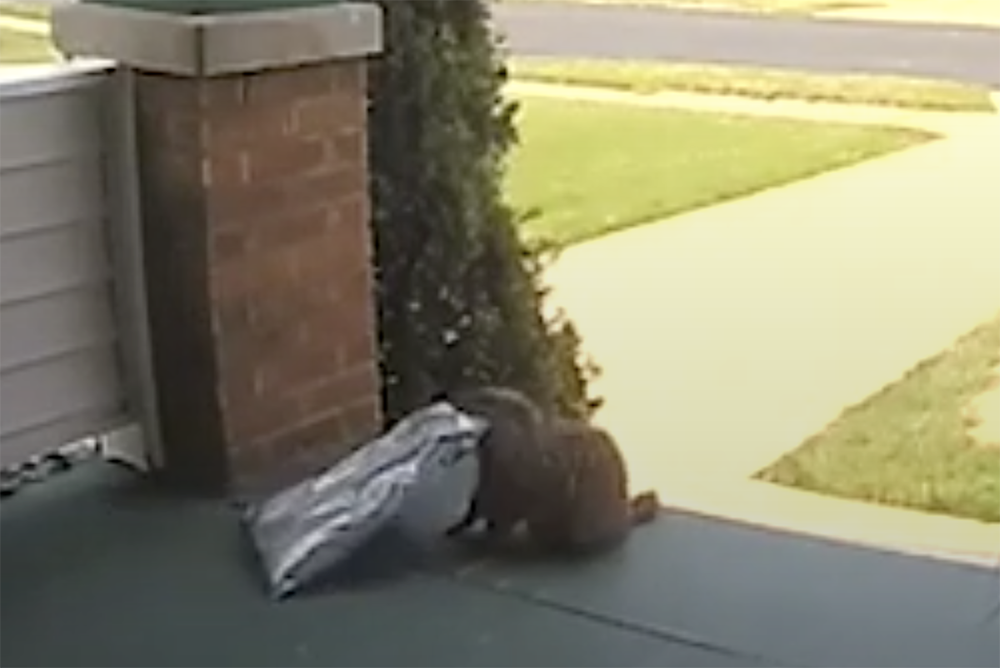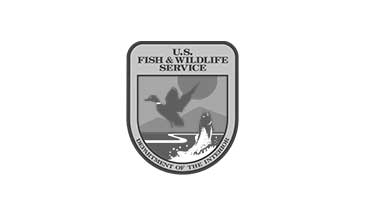The birds commonly known as “seagulls” aren’t rare birds in the US. But that probably doesn’t come as a surprise to you; whether you’re in the parking lot at a grocery store or tanning at the beach, it isn’t uncommon to see a flock of seagulls looking for a snack.
Seagulls are far from picky when it comes to where they live, what they drink, and what they eat, which is what makes them especially difficult to keep away from your dock, home, or business. In order to keep these pest birds away from your property, it’s important to learn more about them:
Seagulls or Gulls? What are These Birds Really Called?
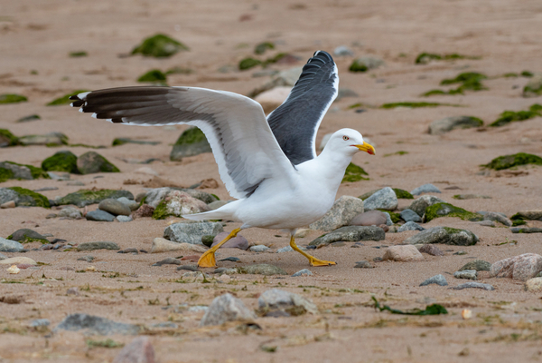
There’s actually no such thing as a seagull. The correct name is simply gulls. Those squawking birds that we call seagulls are actually just several different species of the Laridae family of gulls.
Seagull Identification: What Kind of Gulls are There?
There are over 35 species of “seagull,” many of which are native to the Midwest. So, if you’re wondering, what does a seagull look like? Well, it depends on the type of gull! The four most common gulls in the central and eastern US are:
The American Herring Gull
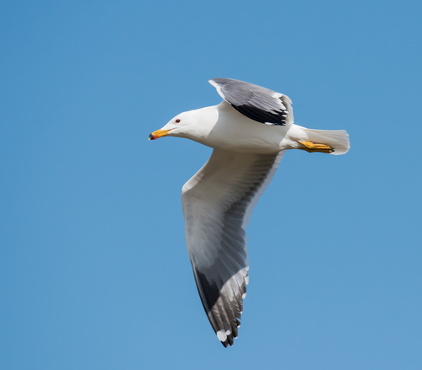
- The most common and widespread gull in North America
- Around 22” to 25” long and 1 to 2 pounds
- This gull has white plumage with a grey mantle, black-tipped wings, and a yellow beak
The Ring-Billed Gull
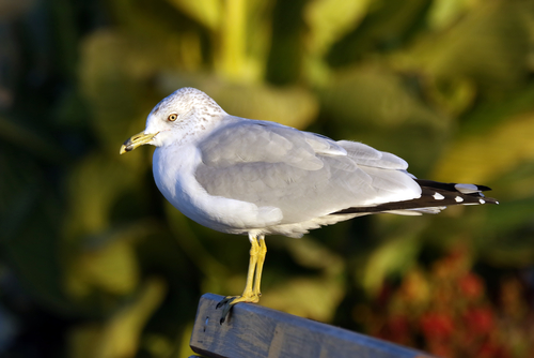
- 17” to 21” long and weighs about 1 pound
- Looks similar to American herring gulls but their black wingtips have white spots
- “Ring-billed” refers to the black ring around their yellow beaks
Bonaparte’s Gull
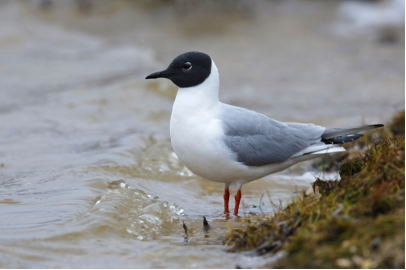
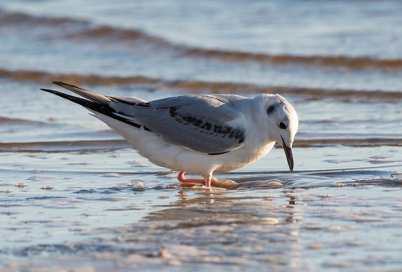
- 11” long and weighs around half a pound
- Adult breeding Bonaparte’s gulls have black heads while non-breeding seagulls are mostly white
- This type of gull has bright orange legs
The Great Black-Backed Gull
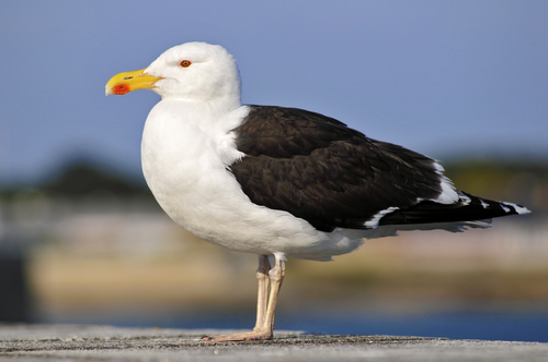
- Largest gull species in the world
- 27” to 31” long with a 60” wingspan. They weigh around 2 to 4 pounds
- These gulls have white plumage and dark black wings with white-spotted tips
- Adults have a large red spot near the tip of their beaks
Where Do Seagulls Nest?
A gull’s home range varies based on species and time of year. Groups of seagulls establish breeding nests together and return to those same sites every year. Herring and Bonaparte’s gulls generally breed in Canada, while Ring-billed gulls may breed in the Northern US. Great black gulls breed on the east coast.
Despite the name, seagulls don’t need to live near salt water at all—they can live anywhere there’s access to water and protein-rich food. As long as they’re hydrated and satiated it doesn't matter where their water or food come from.
When and Where Do Seagulls Migrate?
Seagulls spend the summer in their home breeding ranges up north. You may encounter them on their way north in the spring when they take a break from migration to find food. They begin migrating from their breeding sites back to their overwinter sites starting in late summer or early fall.
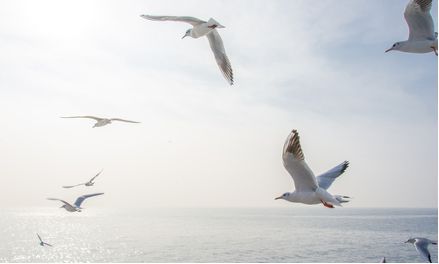
Gulls will spend the winter in any part of the US warm enough to avoid freezing temperatures. They’re extremely common in the Southeast, but you can see them nearly anywhere as long as it’s warm enough.
What Do Seagulls Want?
Like most animals and pests, seagulls want warmth, shelter, a place to nest, food, and water. They aren’t hard to please when it comes to food. They often help themselves to garbage or other easily accessible snacks.
Seagulls can survive just fine near the ocean because, unlike most birds, they can hydrate by drinking seawater. Specialized glands located above their eyes allow them to excrete excess salt from their bodies quickly.
However, just because seagulls can drink seawater doesn’t mean they have to. In fact, gulls prefer fresh water to seawater. Which is why they often live near lakes and rivers.
Are Seagulls Carnivores, Herbivores, or Omnivores?
Gulls are opportunistic, foraging omnivores. So, what do seagulls eat? The better question may be, what don’t seagulls eat? They feed on a wide variety of insects, fish, invertebrates, eggs, nuts, seeds, and garbage. They require a lot of energy to migrate, build nests, and mate, which is why they’re constantly looking for food.
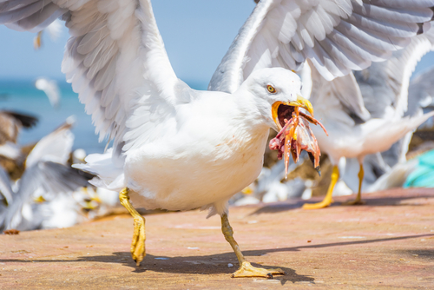
Most gulls prefer protein-rich, high-energy food sources such as meat, especially when they’re migrating. If they can access protein-rich food consistently, they’ll flock to it in great numbers. Gulls are a common garbage or restaurant pest for that reason.
How to Keep Seagulls Away from Your Property
If you constantly have seagulls flying, swooping, and pooping around your property, it’s because they’re finding good food nearby. Gulls are notorious for feeding on garbage. They can get into open dumpsters or scavenge loose garbage bins and cans. The best way to keep gulls away is to keep them out of your garbage. To do so, you should:
- Store garbage in sealed plastic bags
- Never leave garbage bags sitting out in the open
- Tie down the lids of your bins and cans when you aren’t using them
- Use garbage bins that lock shut
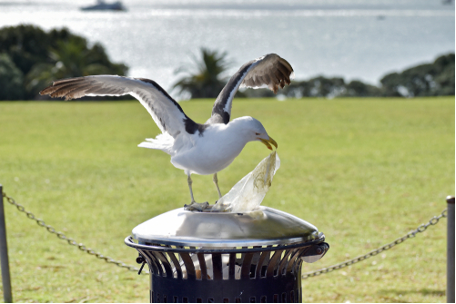
Gulls may also temporarily rest on or near your structure—especially if you’re close to water. They prefer to perch on ledges and in nooks and crannies around rooftops, windows, and siding. You can keep gulls off of your building by:
Seagulls like foraging for food in naturally covered and sheltered areas where they can stay hidden. If you can reduce sources of natural cover like tall grass, they will be less comfortable gathering near you. Trim overgrown shrubs, cut long tree branches, and remove tall grass from your property to deter gulls from spending time on your property.
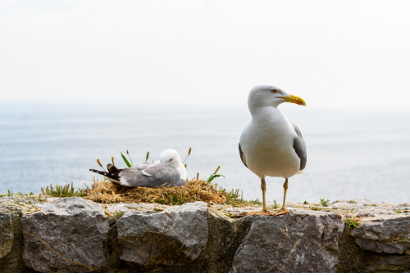
Can’t Keep Seagulls from Pestering Your Property?
The tips above may help prevent migrating seagulls from making a pitstop near you, but nesting birds are another story. Nesting gull colonies return to the same breeding site every year, and they’re tough to dissuade without help. Luckily, you have help!
If you have gulls breeding near you, get in touch with Varment Guard right away!
We can quickly, humanely, and effectively remove nests in order to keep gulls from returning next breeding season. Got a gull problem? We’re your solution.

